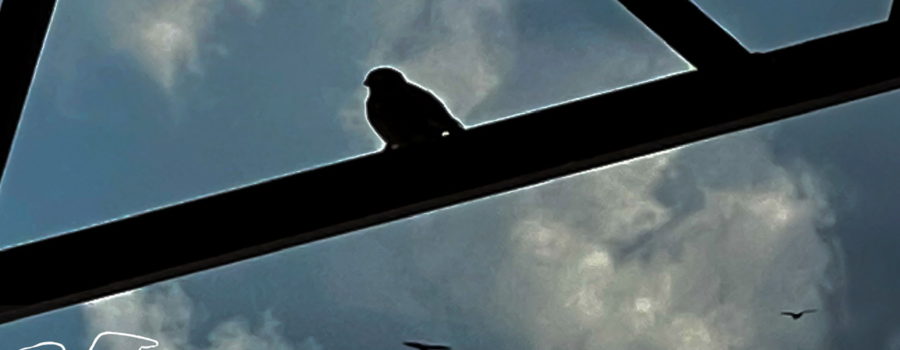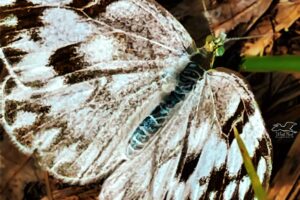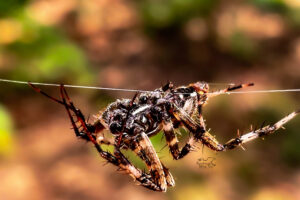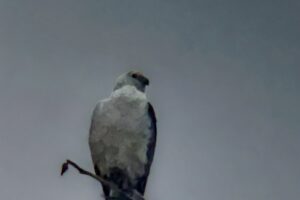How to Take Great Nature Photos: Use Silhouettes

One fun and interesting way to add drama and intrigue to your nature photography is to shoot silhouettes. Silhouettes provide a sense of mystery to your photos since the details of your subject are obscured by shadow. This allows the viewer to use their imagination to fill in those details. This is also a great technique for using photos for story telling, again by engaging the viewers imagination. So what is necessary to take good silhouettes? First is finding an interesting subject. Second is having a good knowledge of light and how to use it. And finally, it is important to capture a clean, sharp image.

Since the fine details of your subject will be in shadow, it’s important that the outline of the subject be interesting. For example, would you rather see a silhouette of a thick bush with lots of leaves that all run together, or a thin, bush with lots of bent and twisted branches. One great way to help make subjects interesting is the use a unique perspective when photographing them. Just make sure that the perspective isn’t so unique that the subject becomes unrecognizable! One of the best perspectives for photography in general and silhouettes in particular that is frequently overlooked is shooting from a low position. Don’t be afraid to get down on your knees or even to lay on the ground if necessary.

The key to getting good silhouettes is getting all or most of your light behind your subject (remember the direction of light can dramatically change the photo you shoot). If shooting outdoors as we do for most nature images, you don’t generally want to shoot in the middle of the day if you’re trying to produce a silhouette. Instead, it is best to shoot in the early morning or late evening. If the sun is coming up or going down but not below the horizon, consider hiding the sun behind your subject. That way you get a better silhouette and you can avoid sun flares or an over exposed sky (unless that’s the effect you are looking for!). Also remember that when shooting silhouettes you want to eliminate artificial lights and flashes (so remember to turn that flash off) that will put light on the front of your subject.

Once again, because you will have no fine detail, it is important that your subject be crisp and clear. An out of focus or blurry subject is probably the fastest way to ruin a silhouette photo. Similarly, it’s important that if you have multiple subjects that they don’t overlap each other. Those overlaps are a big part of the reason that our full, leafy bush doesn’t make such a good subject for a silhouette. Without those fine details it is difficult or impossible to tell what is what, and instead of creating drama, we just create confusion in the viewer’s mind.

Like any other technique that we are trying to learn in photography, the best way to improve is to practice. Try different subjects doing different things. Try shooting before, during, and after sunrise and sunset. Maybe try shooting on an overcast day. Put the sun directly behind the subject or allow a small sun flare. Look for interesting cloud formations in the sky. Experiment with your camera settings. And as always, have fun with it!





Recent Comments